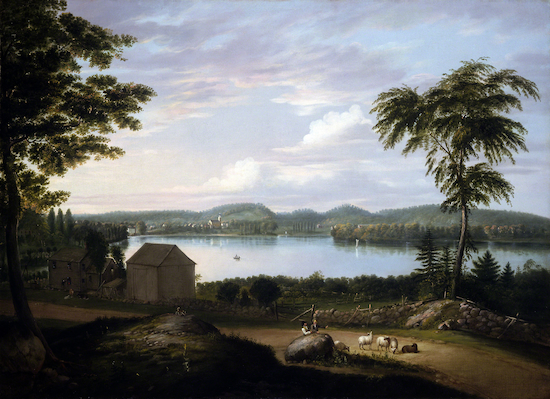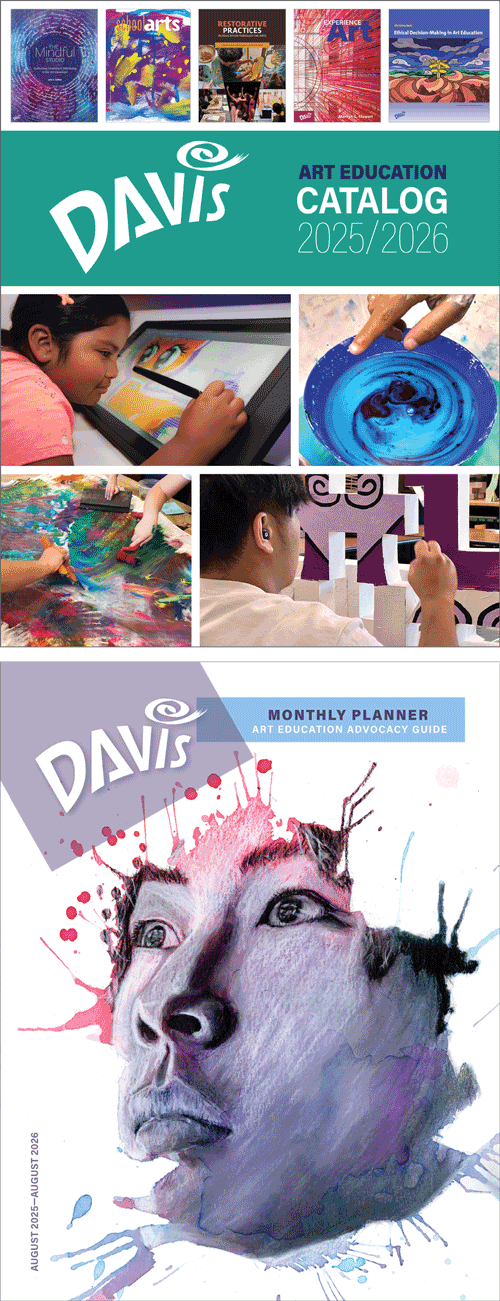Artist Birthday: Alvan Fisher
At the time Alvan Fisher began painting landscapes, the Hudson River School had not yet formed in New England. Fisher was among less than a handful of artists who were dedicated to landscape painting. At the time portraiture was the dominant genre in painting.
Artist Birthday for 8 August: Alvan Fisher (1792–1863, United States)
Alvan Fisher was a forebearer of the Hudson River School in American painting.
 |
| Alvan Fisher, View of Springfield on the Connecticut River, 1819. Oil on canvas, 80.4 x 111 cm. © 2025 Brooklyn Museum. (BMA-1266) |
View of Springfield (Massachusetts) is one of many versions Fisher painted of the subject. Although he traveled widely throughout New England for subject matter, he returned repeatedly to the Connecticut River Valley for inspiration. The soft undulating forms, crystal clear light and picturesque aspects of the countryside reflect perfectly the same ideals of an American Eden espoused by the Hudson River School painters. Thomas Cole (1801–1848) himself commented on the Arcadian nature of the region. While more detailed in elements of nature than his contemporary Thomas Doughty’s (1793–1856) work, Fisher nonetheless conveys an idealism that is close in spirit to the other artist’s work. This idealism is heightened by the inclusion of figures and animals. The framing of the scene in trees is an influence of British landscape painting of the time which emphasized the real/ideal atmosphere in landscape painting.
There was virtually no tradition of landscape or genre painting during the 1700s in American art. In the early 1800s, after the Revolution (1775–1783) and War of 1812 Americans, and Europeans alike came to appreciate the unique and spectacular nature of the American wilderness. This was particularly true as the Industrial Revolution began changing the nature of American cities, and even the once pristine American wilderness.
The period after 1825 saw the flowering of the landscape and genre as subject matter in American painting. As Americans cleared the wilderness and tilled it for farms, constructed canals to increase commerce, and exploited the land for growing industrialization, Americans became nostalgic for what they knew they were slowly losing—their unique wilderness. Patrons of art wanted to see scenes that reminded them of the "good old days" which included landscapes of real places, and scenes of bucolic pursuits, all tinged with sentimentality.
Alvan Fisher was one of the first American artists to prefer landscape and genre painting over portraiture. Another genuine love was painting scenes with animals, and he was the first American artists to paint "portraits" of race horses. Born in Dedham, Mass., Fisher became an apprentice in Boston to the portrait and genre painter John Ritto Penniman (1782–1841) who had trained in Gilbert Stuart's (1755–1828). In 1815 he opened his own studio in Boston, producing mostly landscape and genre subjects.
Like many aspiring artists in the burgeoning US, Fisher went to Europe in 1825 to study art in London, Paris, Rome, and the Swiss Alps. One big influence on his work was that of the Baroque classicist landscape painter Claude Lorrain (1600–1682). He copied many works by "old masters" he saw at the Louvre in Paris. When he returned to Boston in 1826, he was the first American landscape painter (before the Hudson River School evolved) to hang a professional sign outside his studio advertising the genre.

Comments